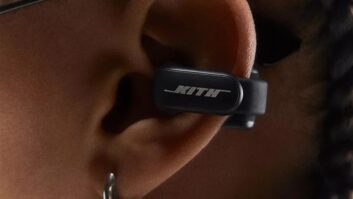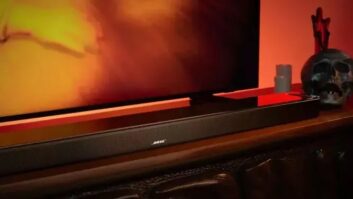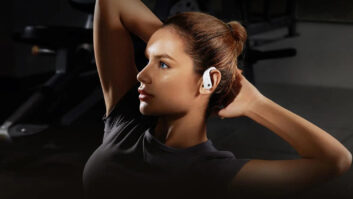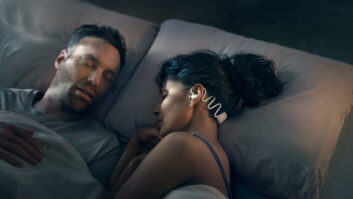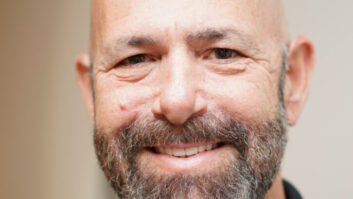New York – Bose boosted the
noise-reduction capabilities of its noise-canceling headphones with the launch
of the around-ear QuietComfort 15, which uses a variety of active and passive
techniques to attenuate background noise across a wider range of frequencies and
to a greater extent in louder environments than its predecessor.
The QC15 is priced at $299 like the around-ear QC2 that it
replaces. The smaller on-ear QC3 remains in the line at $349.
The new model becomes available Aug. 20 in all of the
approximately 125 Bose Showcase and factory-outlet stores, on Bose’s online
store and via Bose’s toll-free number. The QC15 will appear on the floors of
select authorized retailers around Oct. 4, the company said.
The introduction precedes the launch by Bose of more consumer
electronics products later this year, “more than we usually announce,” president
Bob Maresca told TWICE. The company will introduce more new products this year
in all of its market segments combined than it did last year, he added. The
company’s market segments include consumer, commercial, pro and automotive OEM
audio.
In the QC15, Bose boosted performance in a package whose size and
weight are comparable to those of its predecessor, the company said. The old
and new models are almost identical in appearance as well. Both operate on a
single AAA battery, which delivers about 35 hours of use in the new model and
about 40 hours in the old model.
One of the techniques adopted by Bose to improve performance was feed-forward
technology, which adds a microphone on the outside of each ear cup to
complement an inside microphone. The two microphones combine with improved noise-canceling
electronics to actively attenuate low-frequency noise. Mechanical improvements
to the QC15’s ear cushions improved the attenuation of higher frequency
background noise.
In the QC15, Bose said it also reduced the differences in the
level of performance that different users hear. Head-to-head performance
variations are caused by the shape of a person’s head, the amount of hair on
their head, and other factors that change the seal between the ear and the ear cup.
The seal also changes when users move their head. The differences are reduced
by using exterior microphones and an acoustical design that provides more
constant loading for the headphone’s drivers, said engineer Roman Sapiejewski.
Bose didn’t quantify the degree to which the QC15 attenuates
noise, but in a demo here in New York,
the privately held Framingham,
Mass., company simulated
aircraft-cabin noise up to 91dB. The QC15’s level of noise reduction was significantly
greater than its predecessor’s.
The company noted that it had only about six noise-canceling
headphones competed in the market when it introduced its first consumer model
in 2000. More than 60 models compete today, the company said as it continued to
claim best-of-class performance in the segment.




